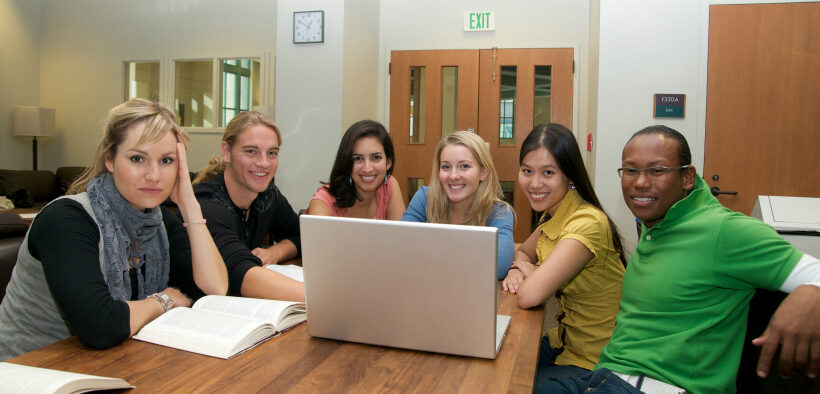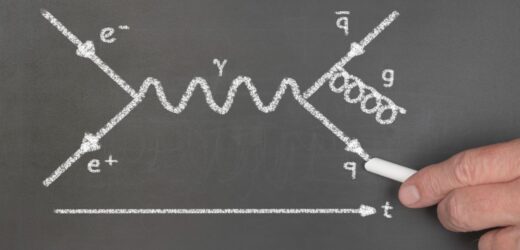The research is clear: students can learn from and with each other in groups. But that learning is not the automatic, inevitable outcome of small group interactions. Dysfunctional group dynamics, such as free riding, leadership problems, poor time management, and unaddressed conflict frequently compromise learning outcomes. Faculty have tackled these problems with a variety of strategies, but few of their approaches have been tested empirically. The study below starts by exploring group dynamics details that may counter some of these dysfunctions.
Related Articles
I have two loves: teaching and learning. Although I love them for different reasons, I’ve been passionate about...
In my classes, there is a reaction from my students that I have learned to wait for. It...
“Focus on what you can control” is hardly groundbreaking advice. Yet when I read David Gooblar’s version of...
AI can assist in nearly any teaching task, saving educators many hours of work while improving instruction via...
For many, Richard Feynman (1918–1988), the Nobel Prize–winning physicist turned cultural icon, is the prototype of a creative...
Every semester, we conclude our courses with grades, reflections, and the quiet hope that, somehow, what we have...
Teaching in fast-moving fields with real cases presents three persistent problems. First, the news cycle moves more rapidly...








